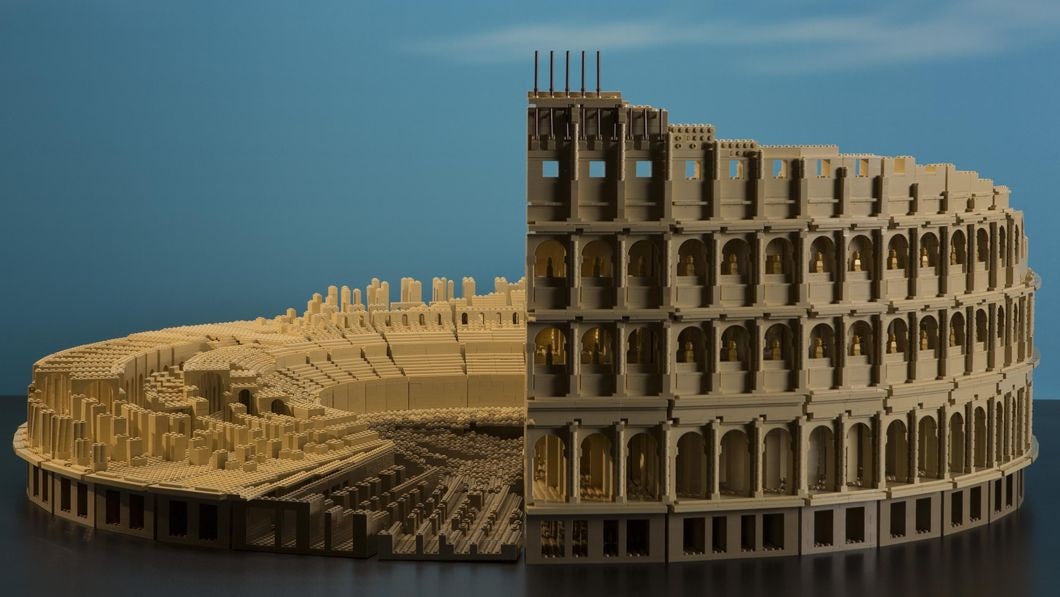You’d be hard pressed to find an architect that didn’t begin exploring the realms of building design and construction with the help of those little plastic bricks in blue, red, yellow and white. However, there are only a handful of master builders who have turned their love of LEGO into a fully fledged career — and Adam Reed Tucker is one of them.

One of only 14 LEGO Certified Professionals around the world, Tucker has a job that would make many a designer envious, but the former architect does not have it easy by any means. For his latest project, Tucker has orchestrated the construction of 13 global wonders for “Brick by Brick,” a major exhibition at the Museum of Science and Industry in Chicago, Illinois, and his ambitions for the show have resulted in a work schedule to make even the hardiest of architects wince.

According to Fast Co.Design, the master builder has spent the past year working 16 to 18 hours a day to construct many of the world’s most famous icons, including the pyramids of Giza, the Hoover Dam, One World Trade Center and Frank Lloyd Wright’s Fallingwater. In creating the display, Tucker used some six million LEGO bricks, and the resulting models are at an unparalleled scale: the Burj Khalifa stands 12 feet high, while the Golden Gate Bridge spans an incredible 60 feet, complete with load-supporting suspension cables.

Eight years ago, Tucker began building huge, intricately detailed LEGO models to teach the public about architecture and — more significantly — get them to start designing and building for themselves. The accessible nature of the medium, with its intuitive click-and-stick construction method, means that anyone can dive into three-dimensional design, not only architects. As Fast Co.Design’s Mark Wilson points out, “You don’t need to be skilled to build like Tucker, just creative.”

That being said, Tucker’s dedication to the cause is hard to match. These models take the famous plastic bricks into another realm, moving beyond the study of form to capture the very identity of the planet’s most recognizable landmarks. The plastic fruits of Tucker’s labor are on show to the public from now until February 2017 at the Museum of Science and Industry in Chicago.
All images via Fast Co.Design




